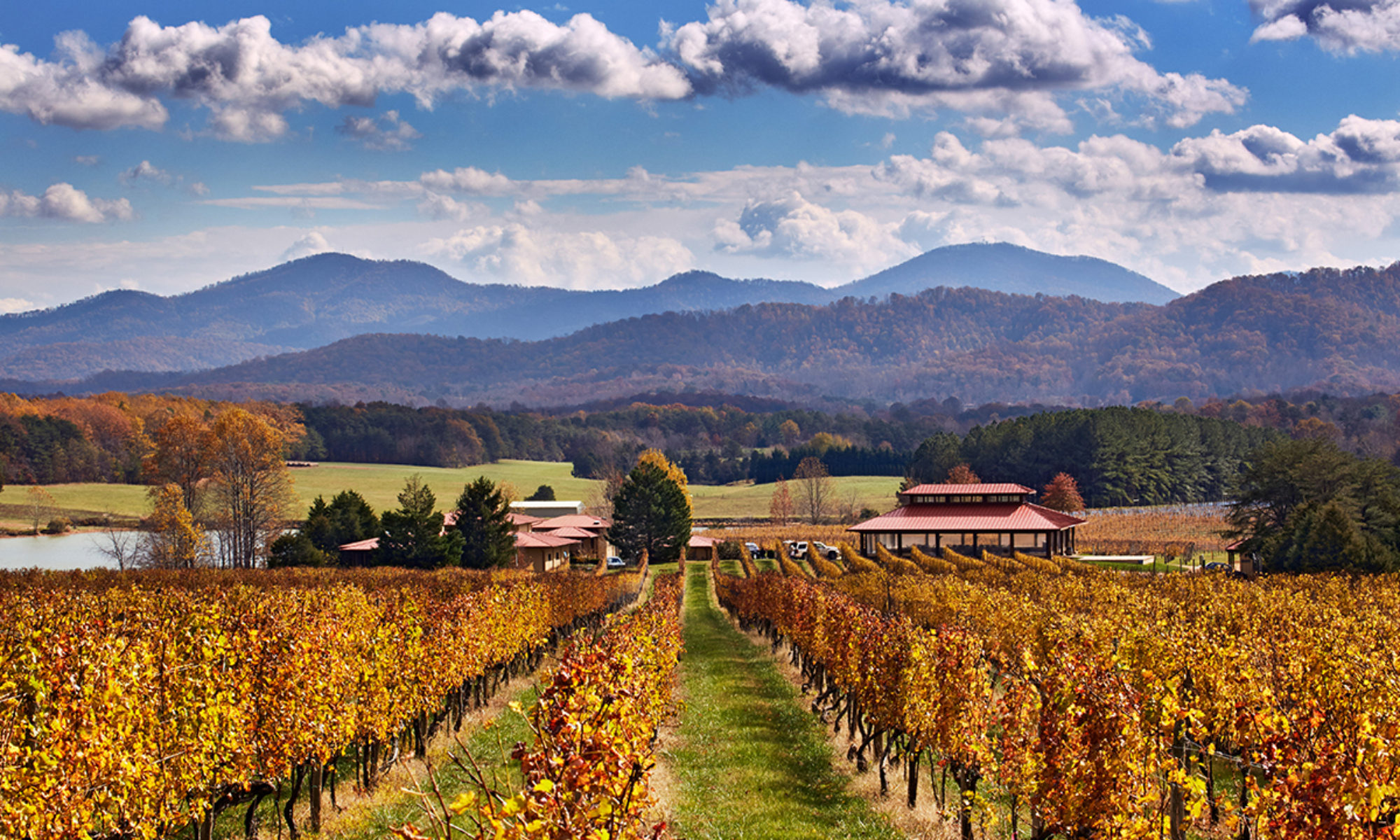Located in Fincastle, Botecourt County, northwest from the town center. David and Marie Gibbs originally planted vines in 1998, and opened Virginia Mountain in 2006. Current owners Jacqui Sobieski and Brian Weber purchased and renovated the property in 2018.
Wine. Tier III. Virginia Mountain has 11 wines available. Chardonnay, Cabernet Franc, Merlot, Traminette and Petit Verdot are grown on the vineyard’s 9.5 acres. Sauvignon Blanc was planted more recently, in 2020.
Setting. One star. Newly renovated but small tasting room, and plenty of outdoor seating. Great views over the vines and the Blue Ridge Mountains. A tent is set up for small events including music and weddings.
Stories. Scotch-Irish settlements on the Virginia frontier. The town of Fincastle, where Virginia Mountain Vineyards sits, was originally settled by Scotch-Irish who arrived here in the mid-18th century. The Scotch-Irish became one of the largest waves of immigration to the American colonies in the 18th century, with some 200,000 making the voyage across the Atlantic. These were people who had been brought from Scotland to settle the northern province of Ulster in Ireland after 1600. Presbyterians, many were unhappy under English rule, and by around 1715 began to emigrate to the colonies, with departures accelerating after the 1740 famine in Ulster. Most arrived in the port of Philadelphia, where they were encouraged to move west, where there was available land, and where these new arrivals would serve as a buffer for earlier settlers. Several discovered that more land was available south of Pennsylvania, and traveled the Great Wagon Road into the Shenandoah Valley and the valleys of the Blue Ridge in Virginia. In 1745, Colonel James Patten from Donegal, Ireland, obtained 100,000 acres on the New, Holston and Clinch Rivers, in today’s Blue Ridge Highlands and Heart of Appalachia regions. He sold parcels of land to other Scots-Irish settlers. The Scots-Irish soon became the dominant culture of the Appalachians; settlers brought with the traditions of their homeland which had a profound influence on shaping the distinctive agricultural, music, storytelling, and crafts of the Southern Appalachians. One arrival was John Miller, who erected a sawmill which became the nucleus of the early village of Fincastle. The town’s name was selected to honor the eldest son of Lord Dunmore, the-then Virginia Lieutenant Governor. In 1773, the first log courthouse, and a brick church was constructed. By the early-19th century, the village had grown into an important regional center of commerce, especially for the wool industry, aided by the construction of taverns, hotels, and shops. It may have taken a while for wine to join the other Scotch-Irish traditions, but together they form a good blend.
